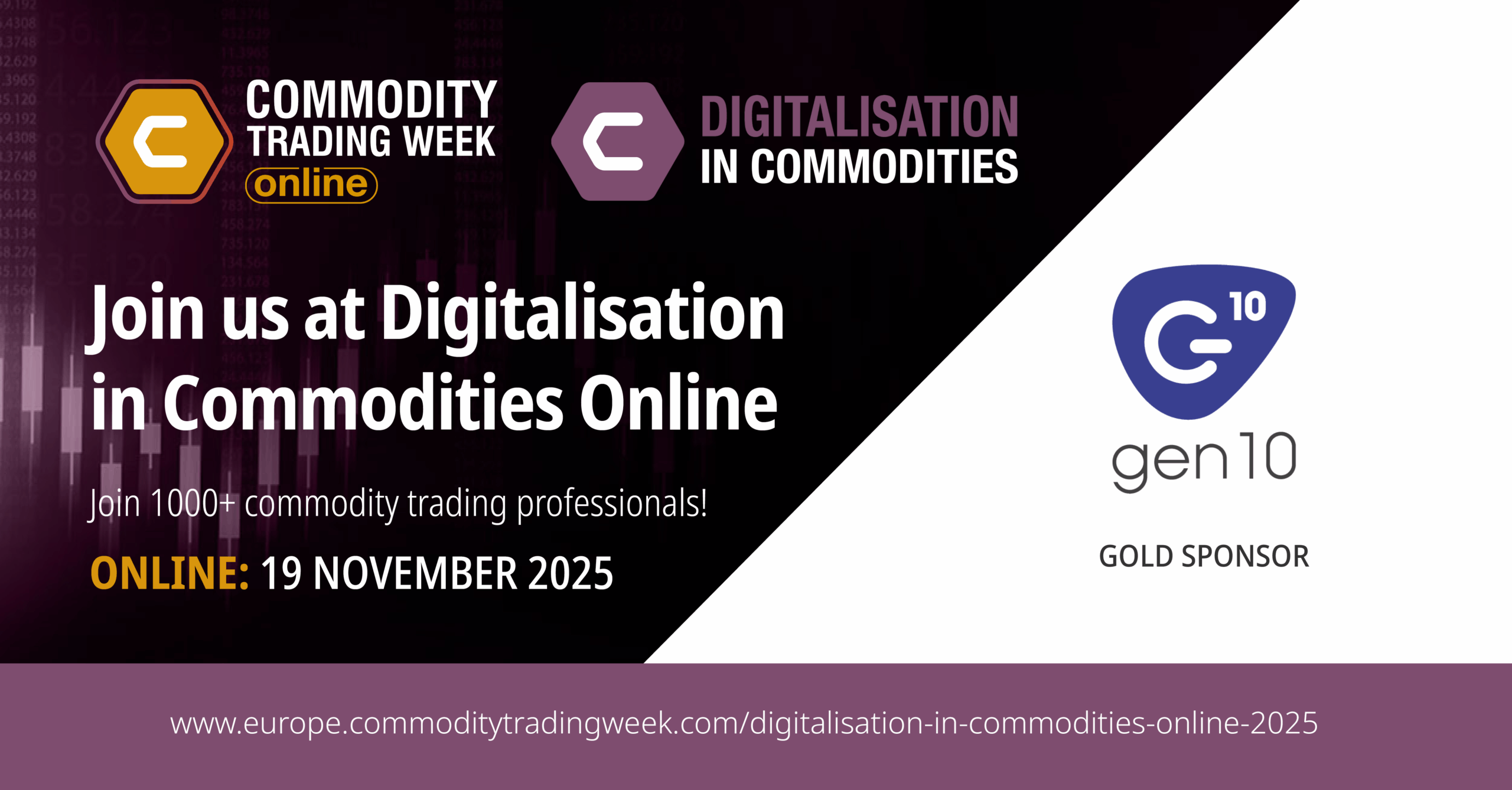At its core, commodity traceability is data management. Traceability is the ability to track products from their origin to the end consumer. For organisations in commodity supply chains, it means they must collate data from multiple suppliers and present it in a way that tells the story from its origins, through the supply chain, to their operations, and often then on to their buyer.
Because definitions of traceability vary by commodity, company, project and even individual, it is difficult to pin down exactly what data is needed to achieve traceability. And these requirements will likely change over time as regulations and demand evolve and data capabilities improve, so need to be revisited periodically. This means that no organisation has all the answers to the complex traceability problem right now – but that doesn’t mean you should sit back and wait for a solution to present itself.
Creating end-to-end supply chain traceability of course depends on organisations receiving the data they need when they make purchases – data that they may not currently receive. But to be able to collect and collate more data, you first need to explore where the data gaps are within your organisation. Lay the groundwork for this additional data by first ensuring you can effectively process and act on the information your organisation is already collecting.
What data do you really need?
For effective supply chain traceability, you will of course need your supply chain partners to supply the necessary data. This could mean that you will need to collect more data than you currently do and will need to work with counterparties to understand what they are able to supply. But before you approach your counterparties with data requests, consider how you will use, manage, and process it.
Begin by considering what data it is you want to measure and report on. Prioritise the information that is most important, but also achievable, to help you focus on getting results from relevant data and avoid information-overload. This data can vary depending on the commodity. For example, cocoa traders may struggle to trace cocoa back to the farm level and may only reach traceability to the cooperative or mill for now. They may also want to record certifications such as Fairtrade or Rainforest Alliance-compliant products. However, metals supply chains may be more concerned with avoiding sourcing from conflict areas and recording the carbon footprint of their materials.
Data needs to be managed across your own internal processes and accessible to those who need it for it to be useful. And how you use it internally will affect the data and format needed from your suppliers.
It is therefore important to consider which teams need access to traceability information and what they will do with it so that you can ensure your processes are ready to handle any new data and that this data can flow between teams without creating an administrative burden. Consider what systems your people will use to analyse this data and how they plan to share it with external partners without compromising any sensitive information.
Improving commodity trading too
Improving traceability across your internal processes is not only good for sustainability purposes. When looking into data flows across your organisation, consider how they could be used to support operational efficiency. Where are the bottlenecks within your organisation? Which are the most manually-intensive tasks? Where could issues arise if a core member of staff is ill?
Traceability is at its heart the ability to share information with the people who need it, when they need it. Any traceability project should therefore include your operational data goals and incorporate processes that improve these data flows. And this is all data that is already owned by your organisation, so should be more accessible than acquiring new data from counterparties.
Many modern business transformation projects employ an agile framework, where you implement the new way of working in a smaller area first to prove its success. So, before beginning a project to collect more data from suppliers, lay the proper groundwork for traceability by improving your existing operational data flows. Ensure this data is reaching the people who need it when they need it, it is stored and shared securely, and you have risk controls to prevent it being corrupted during processing. When you have a solid framework to manage your existing data, it becomes much easier to introduce and trace new information too.
Once you have audited your existing processes, how will you collate and import new data into them? That is what we explore in part two of this series. Or, skip ahead to part 3 where we’re discussing the importance of building flexibility into your systems.



